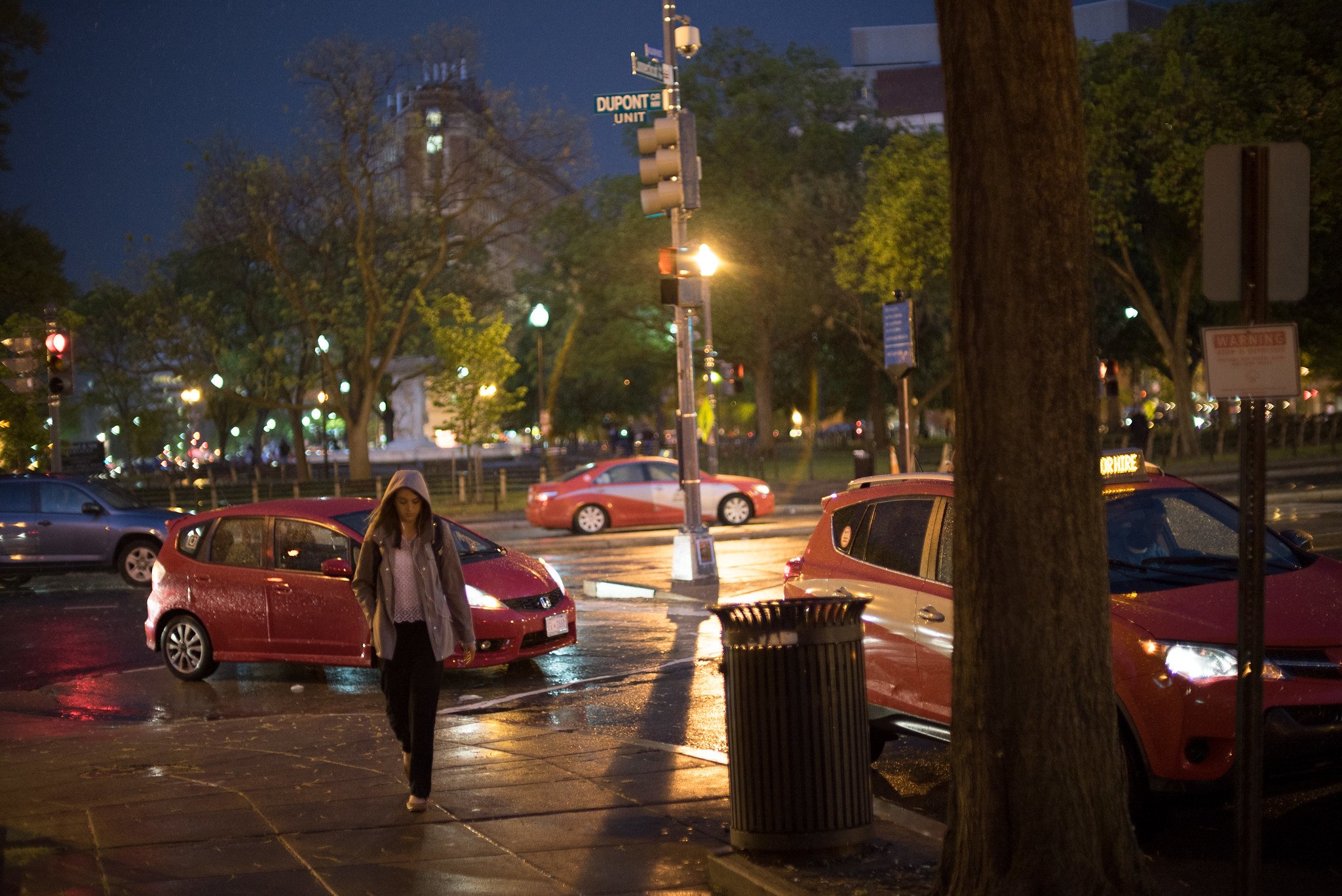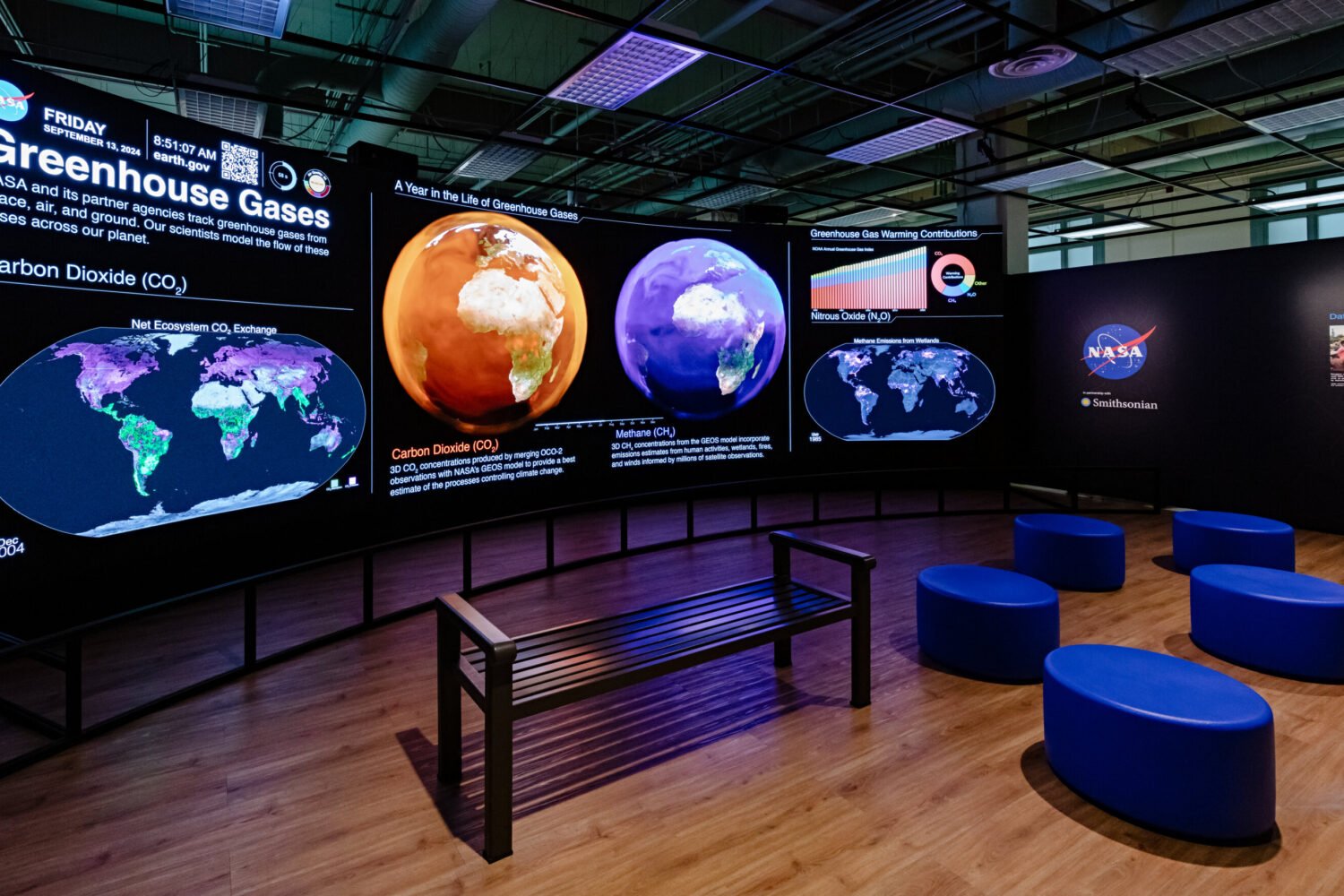The old saying goes: when it rains, it pours. In DC this spring, however, it hasn’t really started pouring—it’s just been raining. And raining.
If you feel like the DMV has been unusually rainy this spring, you may be onto something. According to the National Weather Service, this past month was the rainiest March in DC since 1998—before this author was even born. For comparison, March 2023 only saw 1.6 inches of precipitation.
And, according to The Washington Post’s Capital Weather Gang, which successfully predicted March’s deluge of rainfall, we should see a cumulative four to five inches of rainfall this April. This would also be well above the average April total of 3.21 inches in DC, according to the NWS.
So, what gives? One possible explanation, according to the Post, could be the ongoing El Niño weather cycle, referring to the cyclical weather pattern that occurs when the waters of the Pacific Ocean are warm. (Contrast with La Niña, the weather pattern when the Pacific is cold.) According to the NWS, during El Niño cycles, the Pacific’s jet stream grows stronger, allowing for more moisture to make its way toward the Southwest US—and, eventually, the East Coast.
Fortunately for us, the pendulum should be swinging back to La Niña in the coming months, according to NOAA. But there’s a new aberration in the cycle: climate change. As weather temperatures increase worldwide, so too does the rate of evaporation of surface ice and water—and, as the water cycle goes, precipitation increases as well.
According to the Environmental Protection Agency, as climate change progresses, we can expect average precipitation in DC to increase more in the spring and winter, as opposed to the summer and fall. You may have noticed this manifesting this past January, when school was canceled for a rain day instead of a snow day.
In the near future, we can expect the rain to subside soon: the NWS projects a 60 percent chance of rain on Thursday, dropping to 30 percent on Friday, followed by clear skies and warm weather through Tuesday. Coupled with the end of El Niño, it’s likely we’re seeing an end to the once-in-a-Gen-Z-lifetime rain—for now. In the long run, like most things under climate change, it’s a lot harder to predict.



















